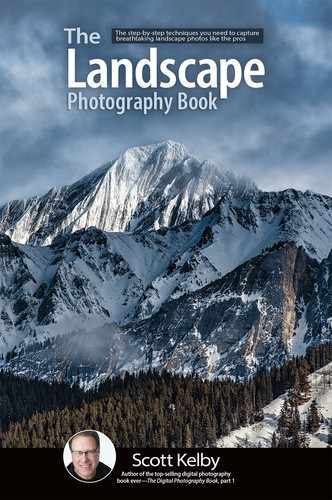Post-Processing Milky Way Shots

I made a short video that takes you through the techniques I use for post-processing a starry sky/Milky Way shot (I use Adobe’s Lightroom and/or Photoshop). It isn’t hard (it’s just moving a few sliders), but don’t be surprised if you have to make a number of adjustments to get things looking the way you want it to (they don’t come out looking that way “out of camera”). Your main tools in either Lightroom or Photoshop’s Camera Raw are: (1) The Exposure slider. You’ll either wind up darkening the sky or brightening it—it depends on the image and how it looks after you make other tweaks. (2) The Dehaze slider. This works wonders on night skies (it’s a specialized form of contrast) and it’s probably the best thing that’s happened to Milky Way post-processing because it literally cuts through the haze and boosts the color a bit, too. (3) The Clarity slider. Another powerful tool for starry skies. Dragging it to the right adds midtone contrast and can really help bring out your stars. (4) Sharpening. You’re going to sharpen every sky image using Lightroom’s Detail panel sharpening or Photoshop’s Unsharp Mask filter. (5) White balance. You’re going to adjust this using the Temp and Tint sliders to remove weird color casts you sometimes get (where your sky looks reddish) by making the white balance more neutral or, like I do, you can add in a little color tint (like blue or magenta) for artistic purposes. (6) Contrast (drag it to the right), and the Whites and Blacks sliders. Dragging the Whites to the right helps boost the brightness of the stars; dragging the Blacks to the left gives you a richer, darker sky around your stars. You’ll be using these three a lot. Make sure you watch the video I made for you at kelbyone.com/books/landscape.
